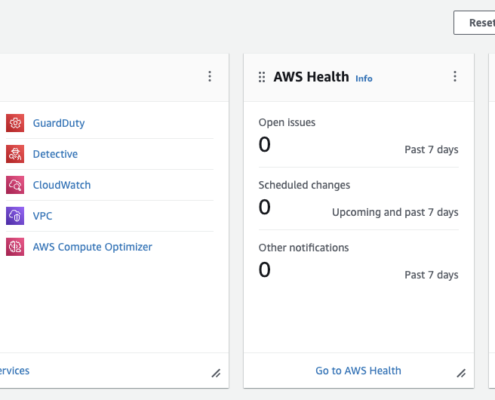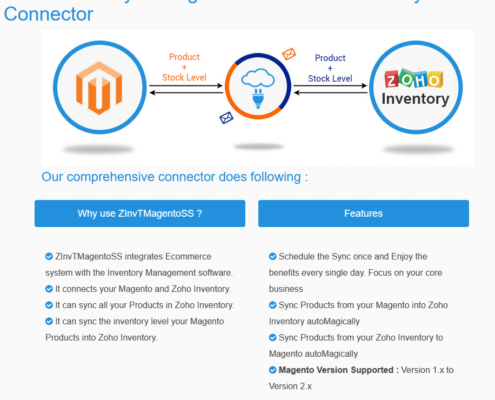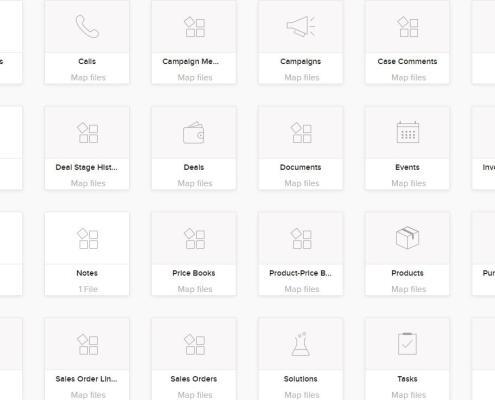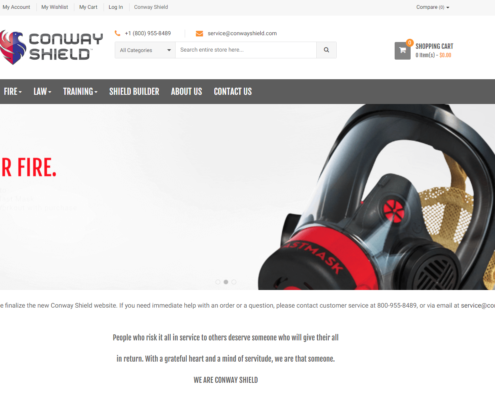The eCommerce platform migration process
Key Trends Why Businesses Plan the eCommerce Platform Migration in 2024
1. Artificial Intelligence (AI) and Machine Learning:
AI-driven personalization, recommendation engines, and predictive analytics in CRM are becoming critical for eCommerce success. AI helps create more tailored experiences during platform migration, improving customer journeys and backend operations, such as inventory management and fraud prevention.
2. Omnichannel Retailing:
Customers expect seamless experiences across online, mobile, and in-store platforms. Migrating to platforms that support robust omnichannel capabilities ensures consistency in customer interactions, whether they start shopping online and finish in-store or use mobile apps. Magento, Shopify, Ecwid, or Woocommmerce have the necessary plugins and tools. They have great integrations with social media like Instagram Shopping or Facebook.
3. Mobile-First Optimization:
With mobile commerce rising, accounting for over 70% of eCommerce sales, migrations must prioritize mobile optimization. This includes mobile-friendly user interfaces and fast-loading mobile payment solutions. All our clients’ shops have noticed a switch to mobile users in the last 2-3 years. Now, nearly 60-70% of sales are made via smartphones.
4. Sustainability:
As consumers demand more environmentally friendly practices, companies migrating to new platforms are looking for ways to integrate sustainability features, such as eco-friendly delivery options and reduced packaging waste.
5. Augmented and Virtual Reality (AR/VR):
To enhance the online shopping experience, AR and VR technologies are becoming more common, helping customers visualize products in their real-world environments. This is increasingly expected in sectors like fashion, furniture, and beauty.
These topics clearly focus on leveraging technology to meet customer expectations and create a seamless, future-proof eCommerce experience.
eCommerce Platform Migration Requirements Specifications
Here’s a table outlining specifications with a comparison between Magento, Shopify, WooCommerce, and Ecwid:
| Requirement | Description | Magento | Shopify | WooCommerce | Ecwid |
|---|---|---|---|---|---|
| Scalability | Ability to handle growth in product catalogs, traffic, and orders. | Highly scalable with custom development options but requires robust server resources. | Limited scalability for larger enterprises; needs higher-tier plans like Shopify Plus for scaling. | Scalability depends on hosting; it can be optimized but needs technical knowledge for significant scaling. | Suitable for small to medium businesses; limited scalability for larger enterprises. |
| Customization | Flexibility to modify storefronts and backend features. | Extremely customizable with a wide range of extensions and third-party integrations. | Limited customization; relies on apps but has strict theme and design constraints. | Highly customizable with open-source flexibility, but requires technical expertise. | Limited customization options compared to others; relies mainly on add-ons from app store. |
| Cost of Ownership | Total cost, including hosting, maintenance, and platform fees. | High, including server costs, development, and maintenance fees. Suitable for larger budgets. | Fixed monthly fees with additional costs for apps and themes. Low technical maintenance. | Low initial cost but variable hosting, plugins, and custom development expenses. | Lower cost with simple setup but lacks advanced features—charges based on plan tiers. |
| Ease of Migration | How simple it is to migrate from another platform (data transfer, setup, etc.). | Complex migration due to customizations and data handling; requires professional assistance. | Relatively straightforward migration tools; limited flexibility with data structure and integration. | Easier if already using WordPress, but manual processes may be needed for larger stores. | Simple migration for small stores but limited in handling large databases and complex setups. |
| Performance Optimization | Ability to maintain fast load times and performance under high traffic. | Highly dependent on hosting; can be optimized with caching and advanced development. | Consistent performance due to managed hosting but may slow down with heavy customizations or apps. | Dependent on hosting; can be optimized with caching plugins and careful setup. | Managed by Ecwid, offering consistent performance, but limited control for advanced optimization. |
| Multi-channel Selling | Support for selling across multiple platforms (social media, marketplaces, etc.) | Extensive multi-channel selling capabilities, but requires third-party integrations and configuration. | Built-in multi-channel selling with native integrations like Facebook, Instagram, and Amazon. | Can integrate with multi-channel selling but requires plugins. | Native multi-channel selling options included for platforms like Facebook and Instagram. |
| Security | Built-in security features, updates, and ease of PCI compliance. | Requires manual security setups, regular patches, and compliance management. | Shopify handles security and PCI compliance automatically; SSL is included in all plans. | Security depends on the hosting provider; must manage SSL certificates and plugins for security. | Built-in security and PCI compliance; handled by Ecwid with less control for custom security setups. |
| Mobile Optimization | How well the platform supports mobile shopping and mobile apps. | Requires custom development for optimal mobile optimization, or use of mobile-friendly themes. | Highly mobile-optimized out-of-the-box with responsive themes and mobile apps. | Dependent on theme choice; good mobile optimization with responsive designs and mobile plugins. | Fully mobile-optimized out-of-the-box, with responsive design and mobile app integrations. |
| Payment Options | Number and variety of payment gateways supported. | Supports multiple gateways, including PayPal, Stripe, and local gateways, but requires setup. | Limited to Shopify Payments or external gateways with transaction fees for third-party gateways. | Highly flexible, supports a wide range of payment gateways including PayPal, Stripe, etc. | Limited gateway options but integrates with popular providers like PayPal and Stripe. |
| SEO & Marketing Tools | Built-in SEO features, marketing integrations, and analytics support. | Advanced SEO options with full control over metadata, URLs, and structure but requires technical setup. | Basic SEO features; less control over URLs and meta descriptions without apps. | Highly flexible SEO setup; requires plugins like Yoast but offers full control. | Limited SEO control but supports basic features like meta descriptions and URLs through app add-ons. |
| Customer Support & Community | Availability of customer service, documentation, and user community. | Large community, but support mostly through forums or external agencies. | 24/7 dedicated support for paid plans and a large community for app-related issues. | Active community but limited official support; relies on forums and third-party developers. | Offers customer support through various plans but lacks the depth of enterprise-grade services. |
This table highlights critical differences in how each platform meets the requirements for eCommerce migration, offering insights into which platform might suit your business needs based on scalability, customization, cost, and ease of use.
We use them to evaluate our client’s needs when they plan to migrate to another platform.




 Digideo
Digideo


 Digideo
Digideo